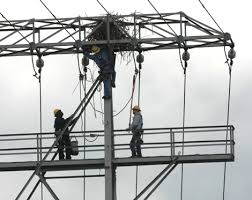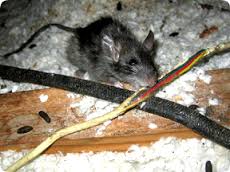Part 1 was about pure electricity, now discover the other causes which are quite surprising!
Tree Contact
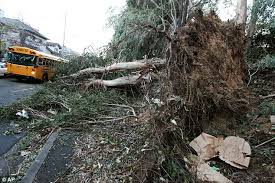
This is the reason why most power distribution companies invest a lot of time and money in trimming dangerous trees as a part of preventive maintenance.
When a wet tree branch connects two conductors, current flows for one conductor the other, through the branch slowly.
After a few minutes, the wood dries out and the cellulose present in the wood starts to carbonize, decreasing the natural power resistance present in the wood. This can lead to short-circuits.
Solution
Power disturbances due to tree contact can be reduced by using tree wires instead of normal cables. However, the best solution to avoid electric poles from tree contact is, “trimming the trees,” in a timely manner.
Birds
Most of the animal faults on the transmission lines and substations that are air-insulated are caused due to birds. Depending on the type of bird and the problem it causes, bird faults are classified into:
- Nesting birds: Nesting birds tend to build nests on the transmission towers and the materials they use to build their nests can induce fault currents, moreover, birds excretion may limit the performance of insulators
- Roosting birds: These birds rest on the transmission lines in search of prey. In doing so, sometimes they get electrocuted and form a bridge resulting in short-circuits. In places where these kinds of birds are present in huge numbers, pyrotechnics can be used to drive them away.
- Raptors: These are the birds of prey such as hawks, owls, vultures and eagles. Problems posed by this type of birds are similar to that of nesting birds or roosters, but one cannot use pyrotechnics or other techniques to drive away or kill these birds, because most of them are protected by the law.
- Woodpeckers: They can cause a lot of damage to utility poles that are made of wood. The reason being, woodpeckers peck holes in the wood in search of insects. And this pecking of wood will weaken the pole strength and subsequently, the pole may collapse. Using steel poles in locations where the proximity of woodpeckers is high, can resolve the issue.
Squirrels
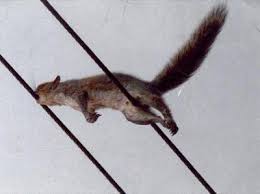
Squirrels are known not only for leaping on to the electric poles, but chewing on the transmission lines, forming a bridge between the phase conductors and earth.
Solution
These problems can be represented by cutting down the trees that are in a close proximity to the utility pole. Installation of animal guards onto the transmission lines can also considerably reduce the problems caused by squirrels.
Snakes

The real concern about these snakes is their length. They can easily bridge two conductors leading to short-circuits and subsequently, power failures.
Solution
Snakes can be kept at bay by driving away their food (birds and mice) from the substations and underground systems. Snakes can also be avoided by installing specially designed “snake fences” in and around the utility poles.
Insects
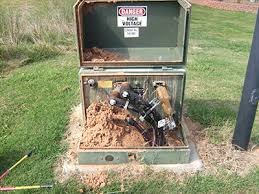
It can be a challenge for the power utility personnel to locate and destroy these nests, before the actual damage is done.
Solution
Regular preventive maintenance of pad mount equipment should be undertaken. Effective insecticides should be sprayed at regular intervals to prevent fire ants from building nests inside critical electrical equipment.
Bears and Cattle
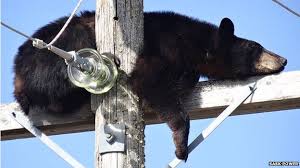
Solution: using strong utility poles made of steel near wooded areas can prove to an effective solution to tackle this problem.
Rodents
Small animals such as rats, gophers and mice can often question the reliability of a power distribution system by chewing down the underground as well as exterior power cable’s insulation.
Rodents are the most common cause for the failure of underground cables and even worse, they attract even bigger dangers in the form of snakes.
Solution: installing anti-rodent devices and fences can reduce rodent invasions on underground cables to some extent.
Conclusion
In conclusion, I would like to say that, the reliability of a power utility company not only depends on its personnel, but also on the external factors as mentioned above, which cannot be exactly controlled.
To put it simple, the reliability of a distributed power system (especially, in the domestic sector) to a large extent, depends on the preventive maintenance measures being undertaken on a regular basis.
Again, thank you for reading,
Steven Mill.
What did you think about part 2?
